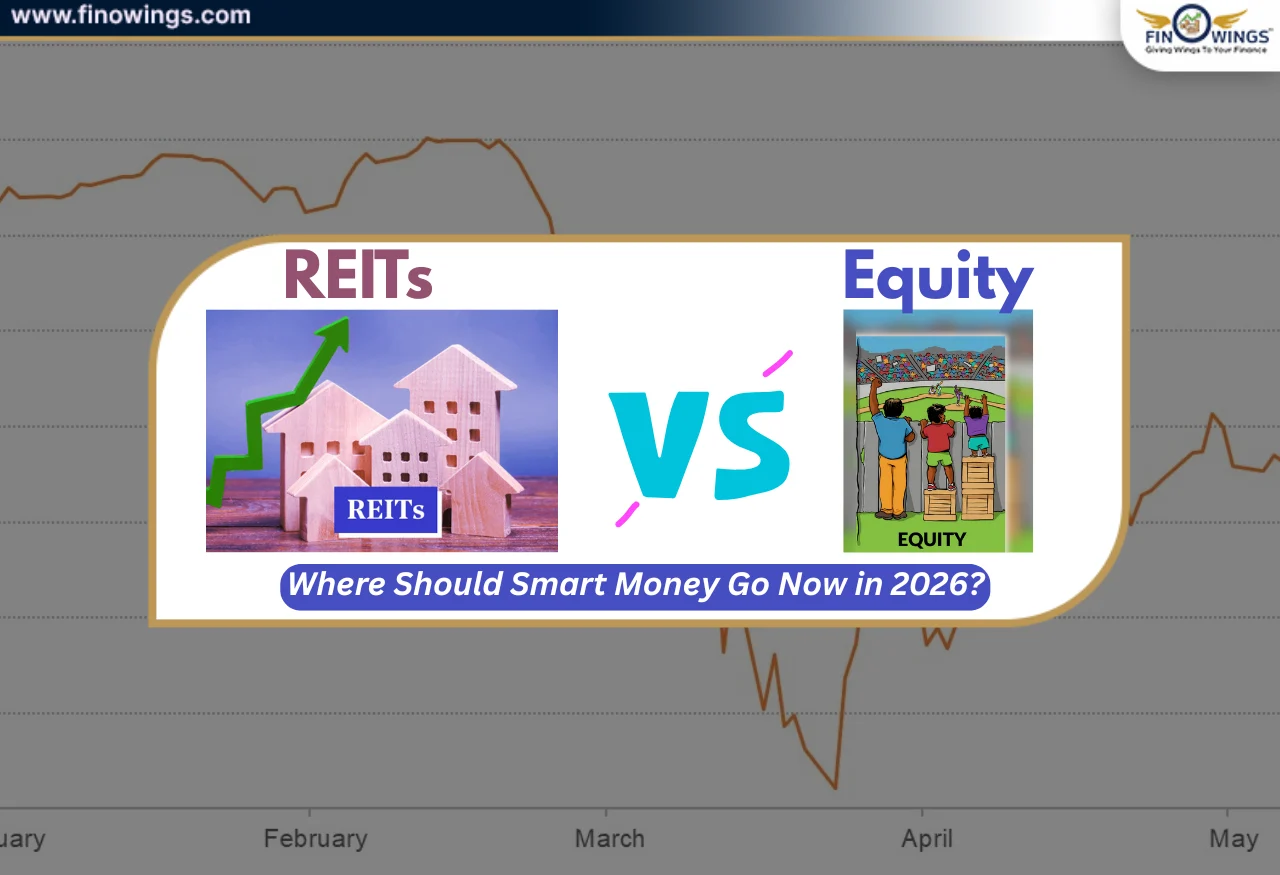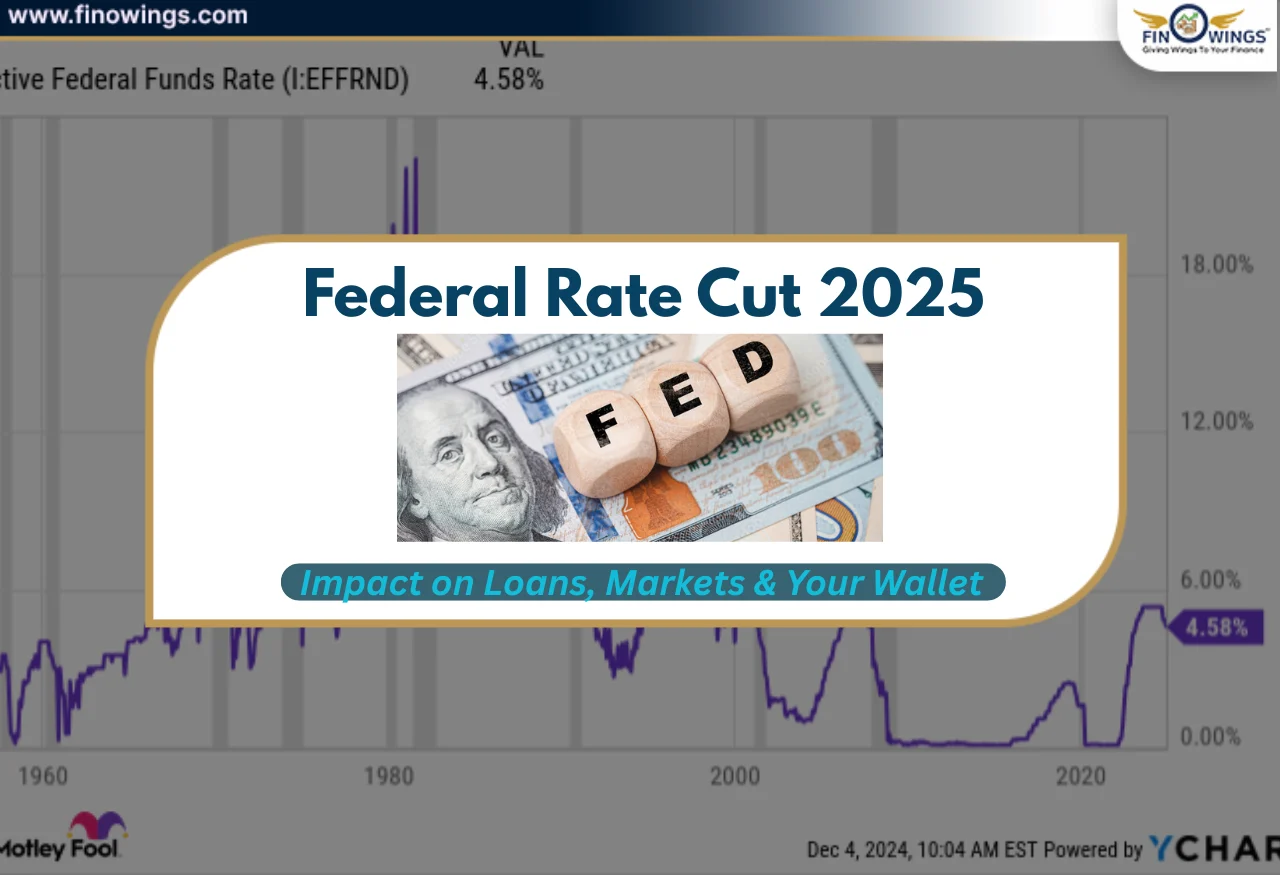Home >> Blog >> Bullish Homing Pigeon Pattern: Meaning, Formation & Trading Strategy
Bullish Homing Pigeon Pattern: Meaning, Formation & Trading Strategy

Table of Contents
- What is a Bullish Homing Pigeon Pattern?
- What is the meaning of the Homing Pigeon Pattern?
- How is the Bullish Homing Pigeon Pattern formed?
- Understanding the Homing Pigeon Candlestick Pattern
- Identifying the Bullish Homing Pigeon Candlestick on a Chart
- How to Trade the Bullish Homing Pigeon Pattern
- Best Indicators to use with the Homing Pigeon Candlestick
- Example of the Bullish Homing Pigeon Pattern
- Conclusion
Identifying reversal patterns in candlestick trading can provide traders with a notable advantage. The Bullish Homing Pigeon pattern is an example of this. It indicates a trend reversal - bearish to bullish, which is especially useful for swing and positional traders.
This blog focuses on the Homing Pigeon candlestick pattern meaning: formation, interpretation, and strategy along with examples to help you practice.
What is a Bullish Homing Pigeon Pattern?
A two-candle reversal pattern in the downtrend, known as a Bullish Homing Pigeon candlestick pattern, suggests that the selling pressure may be waning. This is an indication of a positive reversal. This is a bullish reversal signal. Even with the decline, buyers are beginning to strengthen.
What is the meaning of the Homing Pigeon Pattern?
This shows the second candle is “nested” within the body of the first bearish candle is like a pigeon resting inside a nest, which is why it is called Homing Pigeon.
The pigeon candle pattern is a sign that the downtrend is losing steam, hinting at a possible reversal.
How is the Bullish Homing Pigeon Pattern formed?
For the Homing Pigeon candlestick pattern to be accurately identified by a trader, there are four key characteristics to be identified in the pattern, which include:
1. Downtrend Confirmation- Prior to the pattern forming, there should be a clear downtrend in the market, with the price action making a series of lower highs and lower lows.
2. First Candle (Bearish Candle)- There should be one long bearish candle to show that the first candle is formed by strong selling pressure.
3. Second Candle (Smaller Bullish Candle)- The second candle of the pattern is a bullish candle, which should open and close within the body of the first candle. This second candle is smaller in size, thus signifying that sellers are losing strength.
4. Gap or Overlap:
In this pattern, a small gap between the two candles is acceptable. The first candle's entire enclosure of the second candle is what counts.
This design got its fanciful moniker because it seems like a pigeon is sleeping inside another during this nesting event.
Understanding the Homing Pigeon Candlestick Pattern
Understanding the Homing Pigeon candle pattern psychologically assists in identifying its effectiveness.
First candle - complete bearish volume.
Second candle - opens within the previous candle’s body, then moves up and continues to close.
This signifies that buyers start to enter and reduce the momentum of the selling.
If this pattern is seen after a long decline in the stock, it shows that selling volume is weakening, and a bullish reversal is about to start. This is seen as panic selling and the volume is switching to accumulation.
Identifying the Bullish Homing Pigeon Candlestick on a Chart
Here is a brief procedure to help identify the bullish homing pigeon candlestick pattern.
1. Look for a dominant downtrend - numerous red candles or lower lows.
2. Identify a long bearish candle - the first candle of the pattern.
3. See if the next candle (2nd one) is completely within the body of the first.
4. Double Check with Volume – volume should decrease with the second candle. If the selling pressure is weakening, the volume should decrease.
5. Wait for Confirmation – the appearance of the next day’s bullish candle reinforces the reversal signal.
How to Trade the Bullish Homing Pigeon Pattern
The Bullish Homing Pigeon trading strategy focuses first on finding the description and then confirming the reversal, afterward taking action.
1. Where to Enter- Enter a long (buy) position when a bullish candle closes above the second candle’s high. This is when the reversal is confirmed.
2. Stop Loss- Stop loss should be set to the low of the pattern, which is the first candle’s low. This is to protect you if the downtrend begins again.
3. Target for Profits- Profit target should be set at the next resistance level or with a risk-reward ratio of 1:2 or 1:3. Additionally, you can trail your stop loss as the price rises.
4. Confirmation with Volume- On the day of the bullish breakout, if the volume is high, this supports the pattern.
Best Indicators to use with the Homing Pigeon Candlestick
To add more precision, traders use the Homing Pigeon candlestick pattern with other technical tools like:
Relative Strength Index (RSI):
When RSI is below 30 and rising, it confirms oversold conditions with a bullish reversal tendency.
Moving Averages (MA):
When the price crosses above the short-term moving average (like 20 EMA), the bullish confirmation is stronger.
Support Zones:
When the pattern forms close to a Fibonacci retracement level or a strong support line, it becomes more dependable.
MACD Indicator:
A bullish crossover following the pattern reinforces the reversal signal.
Difference Between Bullish Harami and Homing Pigeon Pattern
|
Feature |
Bullish Harami |
Bullish Homing Pigeon |
|
Candles |
Two candles |
Two candles |
|
First Candle |
Large bearish candle |
Large bearish candle |
|
Second Candle |
Small bullish or bearish candle |
A smaller bullish candle within the first |
|
Meaning |
Indicates reversal |
Stronger bullish reversal confirmation |
|
Gap Presence |
Sometimes gap-up |
Usually overlaps fully |
The Homing Pigeon candlestick pattern is significantly more compact and is seen as more dependable when it emerges after a protracted decline, even though both patterns show a reversal.
Example of the Bullish Homing Pigeon Pattern
Picture a stock declining for several days, with red candles being formed daily. After that, a big bearish candle appears, followed by a smaller bullish candle. The bear candle's body comfortably accommodates the bullish candle.
The following day, the bullish homing pigeon signal is confirmed by the formation of a massive, strong green candle.
Key Takeaways
-
The Bullish Homing Pigeon pattern marks the possible end of a downtrend.
-
This pattern consists of two candles: one large bearish and one smaller bullish candle, which the former contains.
-
Other indicators' confirmation (RSI, MACD, volume) increases the odds of a correct prediction.
-
Swing traders, interested in the short-term target, will find most utility from this pattern.
See our comprehensive tutorial on Top 20 Candlestick Patterns to Make Profit to learn more about candlestick settings that can improve your trading accuracy. It describes how several bullish and bearish forms interact to successfully forecast trend continuations and reversals.
Conclusion
The Homing Pigeon candlestick pattern is a useful yet underappreciated part of candlestick trading. Recognising its formation, trading logic, and subsequently the strategy will allow traders to seize lucrative opportunities. This pattern focuses on restoring its bullish sentiment: the homing pigeon candlestick.
To increase the likelihood of a profitable trade, combine this pattern with volume and momentum indicators. Don't forget to have a strong risk management strategy in place..
DISCLAIMER: This blog is NOT any buy or sell recommendation. No investment or trading advice is given. The content is purely for educational and information purposes only. Always consult your eligible financial advisor for investment-related decisions.
Author
Frequently Asked Questions
It is a two-candle bullish reversal pattern that forms during a downtrend. The second smaller bullish candle stays fully inside the body of the first bearish candle, signalling weakening selling pressure.
It is moderately reliable and becomes stronger when supported with volume confirmation, RSI oversold signals, moving averages, and support zones.
Enter when the price closes above the high of the second candle, place a stop loss below the first candle’s low, and target the next resistance zone or use a 1:2 risk–reward ratio.
Both are reversal patterns, but the Homing Pigeon always has a bullish candle inside the first candle and gives a stronger reversal signal than the Harami pattern.
It works best after a long downtrend, near a strong support area, or when volume starts decreasing — indicating sellers are losing control and buyers are entering.





.webp)














